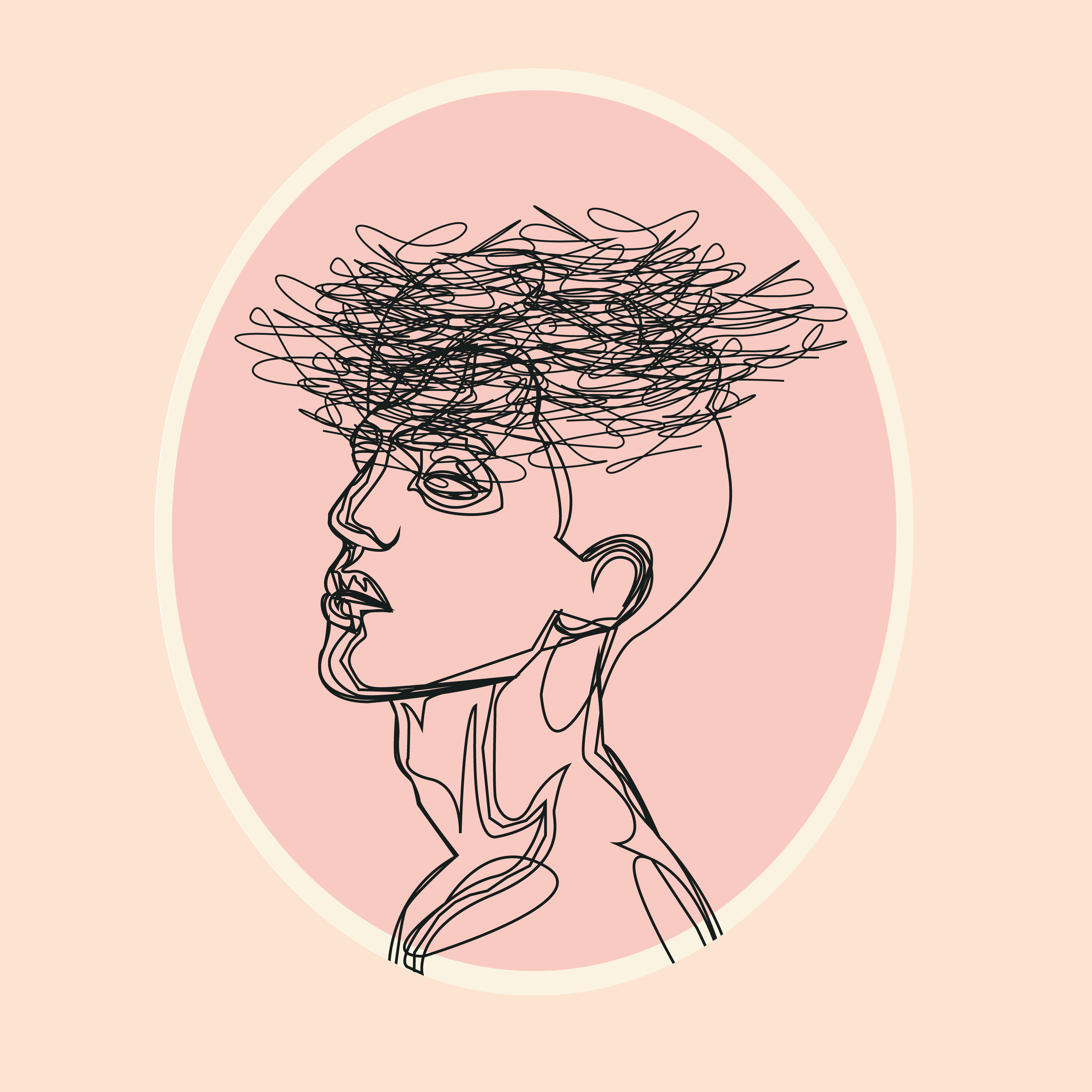
People’s perception of mental illnesses has proved to be a wide-ranging spectrum. While some people claim that mental illnesses do not exist, others possess the knowledge about them. However, today, more people are accepting of mental illnesses. While in earlier times, the presence of mental health problems would be greeted by denial and hesitation, it is much more widely open to discussion and treatment than before. Now, if just one person speaks up about their mental health, a huge number of people come forward about their own, inspired by what others are doing. This has been made possible due to the huge access to resources, and the uprise of the internet.
While the acceptance of such issues is a positive step in our society, it’s being taken to the other side of the spectrum— romanticisation. Romanticisation creates a glamorous portrayal of mental illness. While understanding that one’s mental health may not be at its best due to the evergrowing awareness of it in the media, the romanticisation of such a situation is quite demeaning to it. Shows like 13 Reasons why, which exist only to make the character’s suffering beautiful may often lead to people wanting to face similar problems.
A significant contributing factor is people using mental illnesses as adjectives. For example, “I slept at 5:00 AM, I’m such an insomniac!” When they mean, “I slept at 5:00 AM, but if need be, I can fix my sleep schedule.” Using mental illnesses as an explanation for your daily habits takes away the validity of those who have it.
Just because you are organised doesn’t mean you have OCD. If you skip breakfast, it doesn’t make you anorexic. If you feel sad, it doesn’t mean you have depression.
TV shows and movies present mental illness in a romanticised form. People end up believing that having a mental illness makes them unique or special. Silver Linings Playbook, Garden State, and Benny & Joon show you that to cure your mental illness, you just need to find your one true love, and voila! Problem solved. Shows like Monk, FRIENDS, and The Big Bang Theory have characters suffering from OCD, but are portrayed as cute and lovable, instead of showing the actual burden it is.
Social media also plays a part in romanticising mental health. While social media provides a platform where one can easily talk about these matters at their convenience, it also creates a distorted image of mental health, making it appear to be idealistic. It comes to the point that teenagers start desiring mental illnesses, which often leads to the fake claims that they have it. It’s completely normal to seek help, whether or not you have a mental illness. A person could feel something is wrong, see themselves not enjoying the same thing as their peers, and decide to go to therapy. What’s not fine is reading up to three symptoms of ADHD and saying, “I can relate to this so I have ADHD.”
Tumblr is an example of such a social media site that spreads romanticisation of mental illness, with bloggers promoting it. A disturbing amount of blogs and tags encourage self-harm. ‘Pretty girls don’t eat’ is just one of the many taglines you will find, and suicide is made to seem like a graceful way out. And just like that, mental illness is ‘tragically beautiful’, and your pain suddenly is termed to be pretty.
Another false notion related to this is that mental illness makes you creative. Although art can be therapeutic and historically, there is a correlation between creativity and mental illness— Vincent Van Gogh, who had schizophrenia and bipolar disorder— it’s not the cause for someone’s talent. After all, it’s not easy to be creative in times when getting out of the bed seems like the hardest thing to do.
Different problems arise due to romanticisation. Firstly, it feeds to the misunderstanding ideas people have about mental health. By clasping to these images, we deny people to see the reality of mental illnesses. Secondly, the trend of romanticisation has led to people encouraging others to self-harm or commit suicide. People on Instagram and Tumblr start posting triggering photos, accompanied by a caption saying that scars are beautiful. Posts like these start justifying self-harm, rather than educating about the need to seek help. Thirdly, it trivialises the gravity of mental illnesses. It becomes just a ‘quirky’ feature and is reduced to mere traits a person has.
People who suffer from mental illnesses, however, find it harder to talk. What if he thinks that I’m self-harming because it’s a trend? What if she brushes off the fact that I couldn’t get out of bed for a week, thinking that I’m trying too hard? Being incapable of having regular conversations due to anxiety is not ‘cute’ but rather an isolating experience. Just because you can’t wrap your fingers around someone’s wrists doesn’t mean that you don’t take someone struggling with bulimia seriously. And it is not funny when you make a meme about dying. This leads to people suffering in silence because they aren’t taken seriously. And isn’t that what we were trying to move on from?
Sadness isn’t beautiful. No amount of quotes on Instagram or artsy photos on Tumblr will change the fact that mental illness is not an aesthetic to be achieved. It is an experience which makes people’s daily life painful. It’s tears, trauma and therapy. It’s feeling heavy, to the extent, one can’t get out of bed. It’s losing all of one’s motivation, one’s friends and family, and messing up one’s education. It’s a daily battle which has taken many, and it is not beautiful. In the end, pain doesn’t equate to pretty. Pain equates to pain.
Written by Kaavya Azad for MTTN
Featured image by Sara Dharmik for MTTN
Leave a Reply
You must be logged in to post a comment.